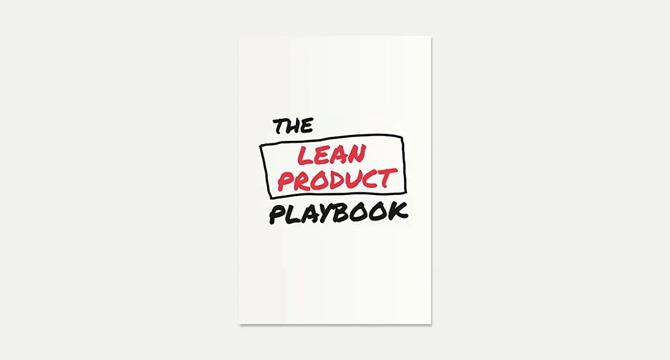Medium
1M
332

Image Credit: Medium
Is the Lean Product Playbook the Best End-to-End Product Management Process?
- Product failure often results from not meeting customer needs better than alternatives, highlighting the importance of product-market fit.
- The Lean Product Process consists of six steps, emphasizing hypothesis testing and reducing waste by approaching layers in the right order.
- Critics of user-centered design reference Henry Ford to caution against dismissing customer feedback entirely, but acknowledge the value of feedback from the solution space.
- Different customers have varying needs and preferences, necessitating precise segmentation and understanding through methods like one-on-one interviews.
- To prioritize needs, importance vs. satisfaction framework is utilized, focusing on addressing high importance and low satisfaction areas for added customer value.
- The article stresses the importance of creating a good product that addresses important and cohesive customer needs through MVP testing and clear value proposition.
- The Kano model assists in classifying needs into must-haves, performance benefits, and delighters to guide product development and differentiation from competitors.
- The Lean approach encourages quick learning and iteration based on customer feedback to improve product-market fit, following a Hypothesize-Design-Test-Learn loop.
- Metrics play a crucial role post-launch in assessing product success, with suggestions to track key metrics in the AARRR framework like retention rates and customer lifetime value.
- Iterative development through agile methodologies, coupled with user feedback and analytics, helps companies stay competitive by adapting to market changes rapidly.
Read Full Article
19 Likes
For uninterrupted reading, download the app